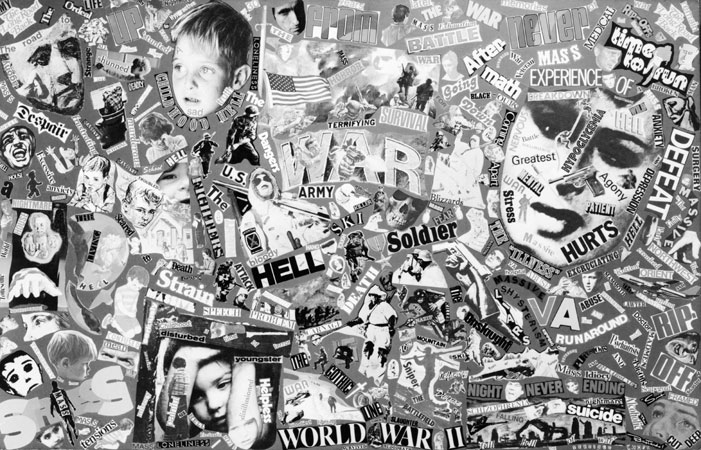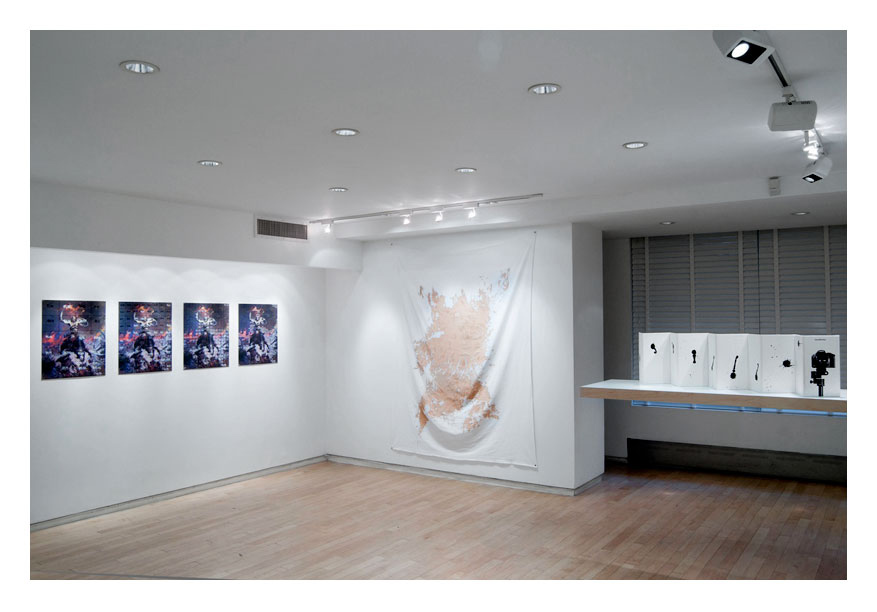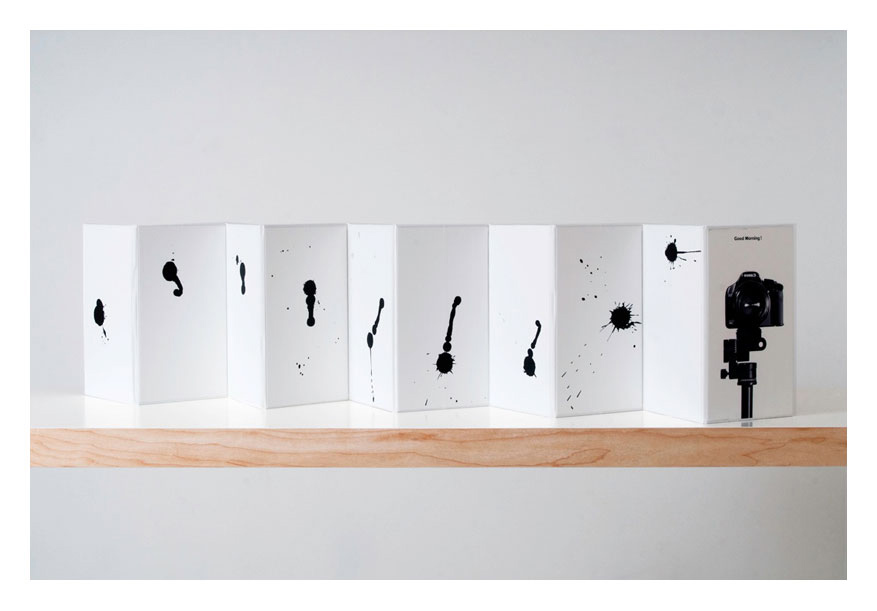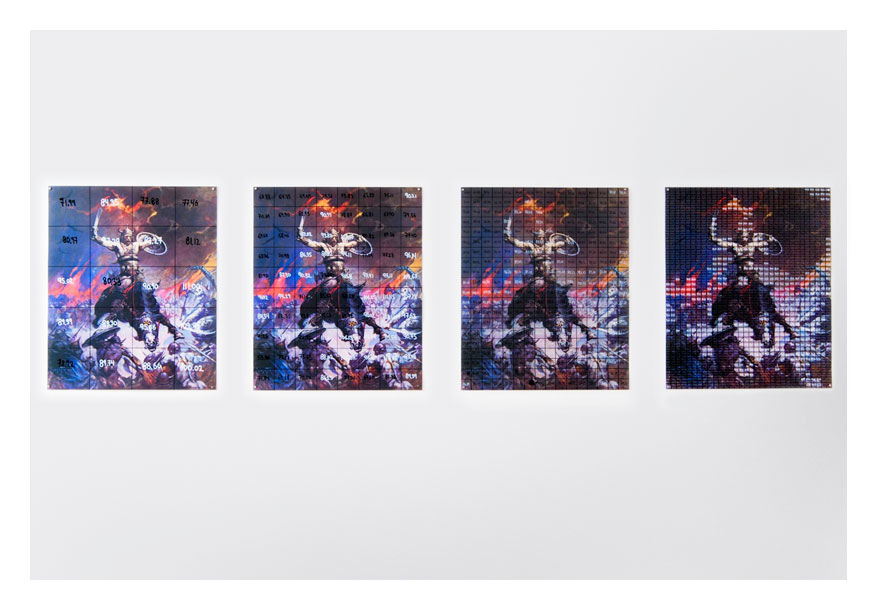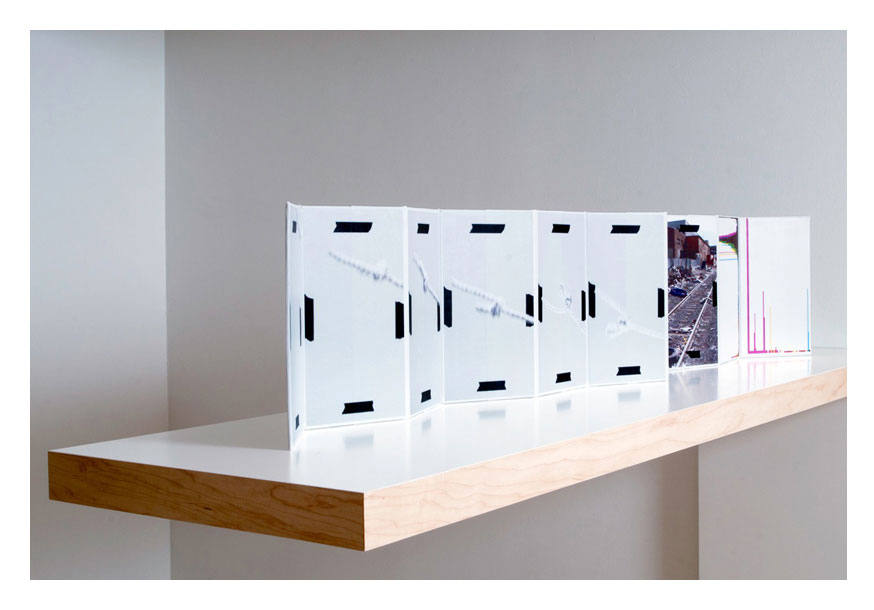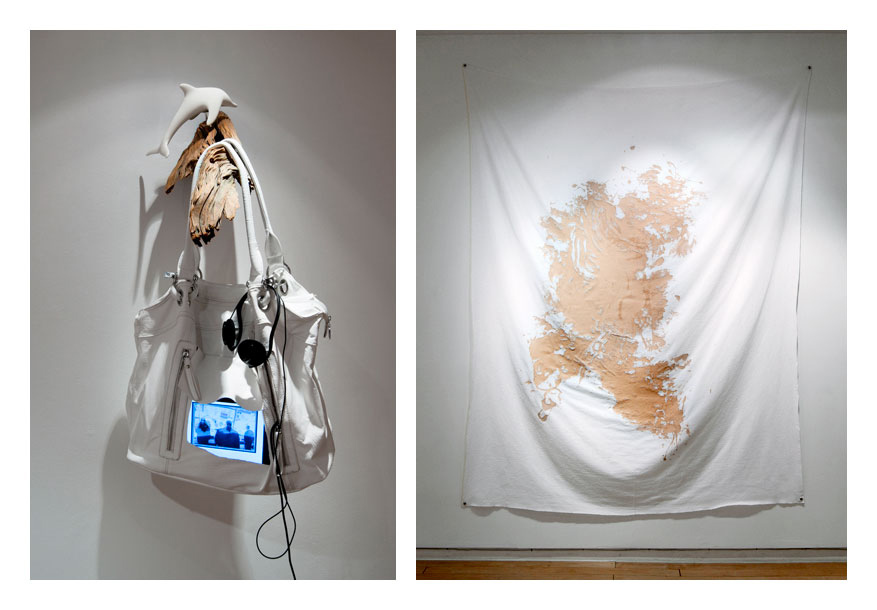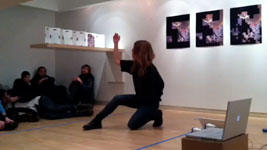MASSAGE
March 25 - April 29, 2011
Andrew Roth is pleased to announce the opening of “MASSAGE,” an exhibition of new works by Sean Paul, Pamela Rosenkranz, Georgia Sagri, and Antek Walczak, organized by Alex Kitnick.
Today, massage parlors — mostly Chinese — fill up empty storefronts across New York. Set up like call centers, cheap partitions divide them into narrow spaces with just enough room for a table and a place to take off your shirt. Requiring little overhead, they provide a pure service industry, their costs reduced to rent and money to pay the masseuse. Artisanal in scale, what they sell is human touch, a resource made increasingly available by discrepancies in the social order.
In the 1960s, Marshall McLuhan wrote how television and other media activated the tactile senses, emphasizing “experience,” “interaction,” and “participation,” while at the same time leading the subject into a kind of trance. In the 1950s, he devised the slogan “the medium is the message” as a way of acknowledging the distinct powers of different technologies, and then in 1967, he coined the phrase “the medium is the massage” as a way of pointing out how a swirl of technologies combined to bump people around. Today, McLuhan’s metaphor has become literal; the constant massage of the media has brought forth a desire for actual touch. Light shows have given way to “hot spots,” and the promise of an electric “global village” has given way to the pressures of iSolation.
The artists in this show turn to various interfaces both digital and manual as a way of figuring the relationship between the various manners in which the body is inflected today. For all of them, surface is crucial as a meeting point—a place where systems touch. There are smears, confrontations, reductions, and registrations throughout this work—prints and fingerprints that are at once fleshy pads and bearers of code. Rather than create environments or installations, each artist offers distillations and refractions of the constant push and pull between the one and the many, the physical and its compression, and the multiple divisions that keep these categories intact.
